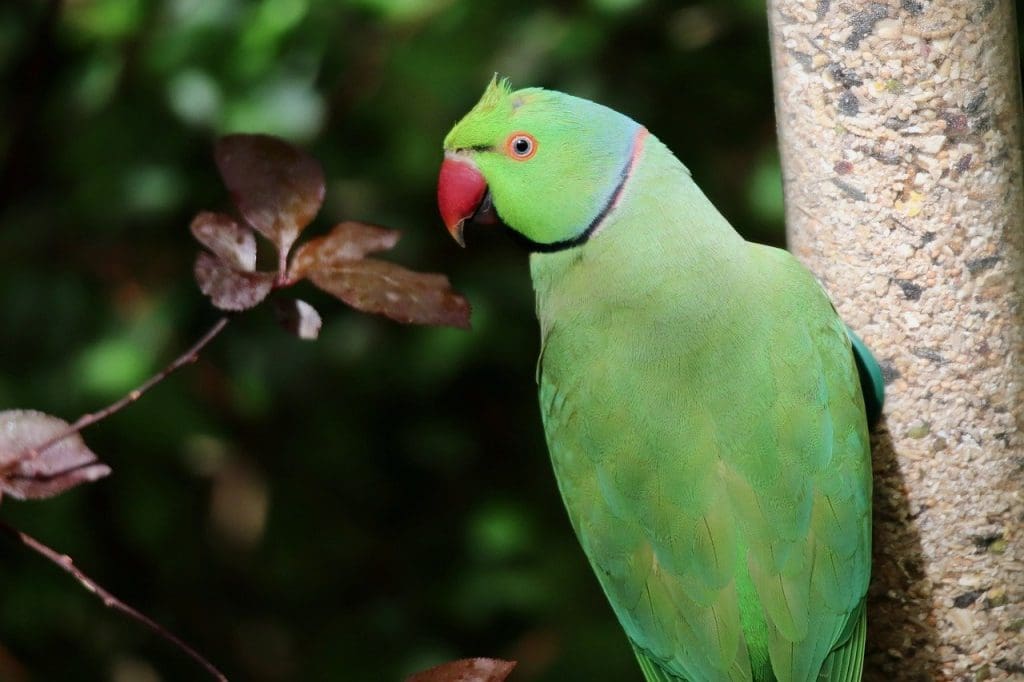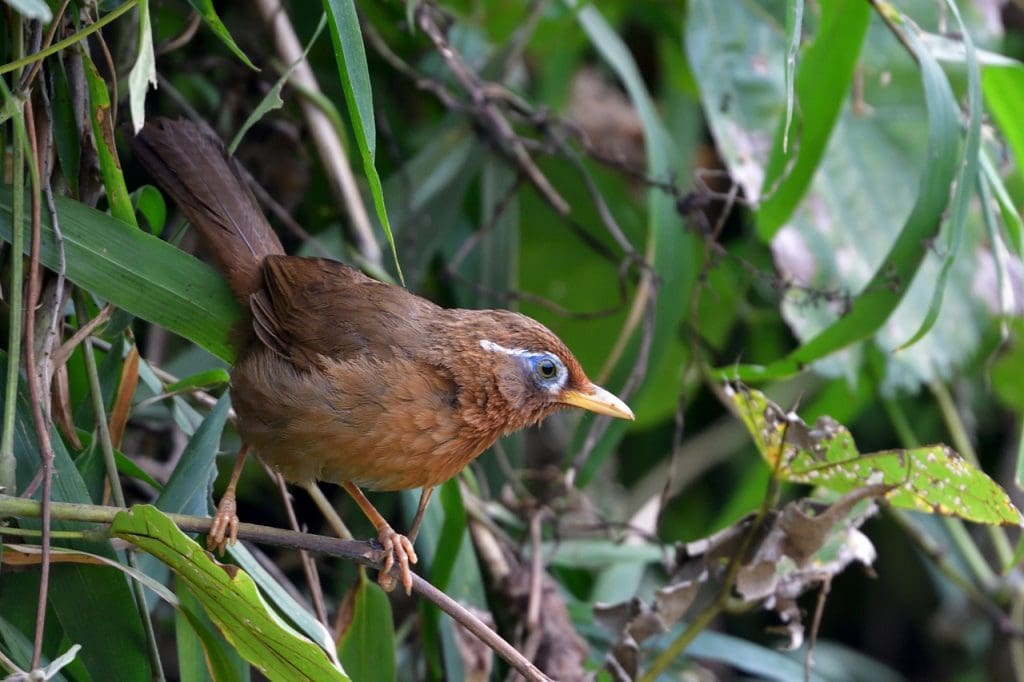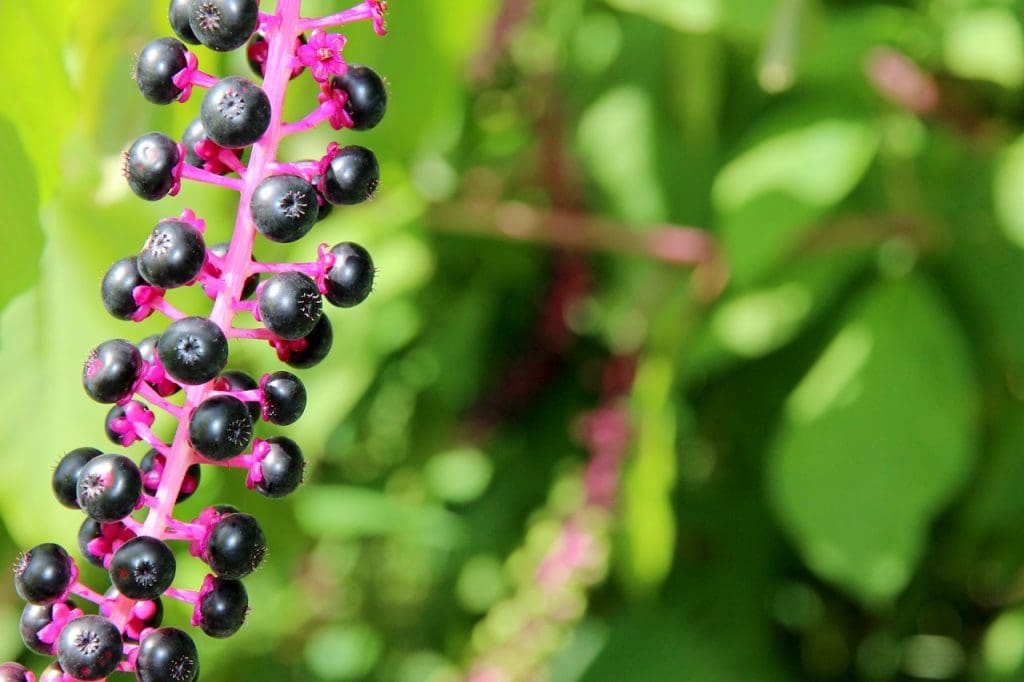In “Expert Recommendations For Controlling Alligator Weed In Urban Areas,” you’ll discover practical, science-backed strategies to manage the invasive alligator weed that plagues your community spaces. This article distills the wisdom of environmental professionals into easy-to-follow steps, ensuring you have the know-how to keep your local areas thriving and weed-free. Whether you’re a concerned citizen or a municipal worker, these expert tips will empower you to make a significant difference in maintaining the beauty and health of urban environments. Have you ever found yourself puzzling over how to tackle that persistent weed in your urban garden or local park? If so, you’re in good company. Battling alligator weed is a common challenge in many urban areas, but don’t worry—this friendly guide has got you covered.
Expert Recommendations For Controlling Alligator Weed In Urban Areas
Alligator weed (Alternanthera philoxeroides) is notorious for taking over landscapes, particularly in warm, wet climates. Its aggressive spread and adaptability make it a tough adversary for anyone looking to maintain a healthy, balanced ecosystem. Let’s dive into some expert strategies that can help you manage this tenacious weed.

Understanding Alligator Weed
Before jumping into control methods, it’s crucial to understand what you’re dealing with. Knowing the enemy, as they say, is half the battle. Alligator weed is a perennial invasive species that can grow in water or on land. It forms dense mats that suffocate native vegetation and disrupt aquatic habitats.
Characteristics of Alligator Weed
Alligator weed can be tricky to identify, so let’s decode its key features:
- Leaves: Elliptical, glossy, and arranged in pairs along the stem.
- Flowers: Small, white, and clover-like, blooming in spring and summer.
- Stems: Hollow and buoyant, which help it float on water.
This detailed knowledge will help you distinguish alligator weed from other similar-looking plants.
Impacts on Urban Ecosystems
Alligator weed isn’t just an eyesore; it’s a genuine threat to urban ecosystems. It outcompetes native species, disrupts water flow in irrigation systems, and provides breeding grounds for mosquitoes. Consequently, the economic and ecological implications are significant.
Prevention Strategies
The old saying “an ounce of prevention is worth a pound of cure” rings especially true for alligator weed. By focusing on preventative measures, you can reduce the risk of infestations and save yourself a lot of headaches down the road.
Monitoring and Early Detection
Keeping a vigilant eye out for signs of alligator weed is the first step in prevention. Regular monitoring allows for early detection, which is vital for preventing large-scale infestations.
- Regular Inspections: Monthly surveys of your urban garden or community park can help catch alligator weed early.
- Training and Awareness: Educate community members and gardeners about identifying and reporting alligator weed.
Physical Barriers
Implementing physical barriers can help keep alligator weed from taking root. For instance, using landscape fabric or planting dense ground covers can prevent the weed from getting the sunlight it needs to thrive.
- Landscape Fabric: This can be effective when dealing with alligator weed in gardening spaces. Ensure it is properly installed and regularly checked for maintenance.
- Dense Planting: Native species that create low light conditions at the soil level can outcompete alligator weed.
Quarantine Practices
Preventing the spread of alligator weed also involves careful quarantine practices, especially in communal areas or when handling soil and plant materials.
- Cleaning Equipment: Always clean tools and equipment after use in infested areas.
- Disposal of Plant Material: Dispose of suspected alligator weed in sealed bags to prevent spreading.

Integrated Management Approaches
No single method is sufficient to control alligator weed; a combination of strategies is usually the most effective. Integrated weed management combines mechanical, chemical, and biological controls to tackle infestations from multiple angles.
Mechanical Control
Mechanical control involves the manual or mechanical removal of alligator weed. This method can be labor-intensive but is effective when performed correctly.
- Hand Pulling: Suitable for small infestations. Make sure to remove the entire root system to prevent regrowth.
- Mechanical Harvesters: For larger areas, specialized equipment can mechanically remove the weed, but this is usually more applicable to aquatic environments.
Chemical Control
Herbicides can be a potent tool in your alligator weed control arsenal. However, they must be used responsibly to avoid harming other plants and aquatic life.
- Selective Herbicides: Using herbicides specifically designed for aquatic or terrestrial environments can minimize collateral damage.
- Proper Application: Follow all guidelines for herbicide application, including timing and dosage, to maximize effectiveness. Using a licensed applicator might be advisable.
Here’s a table to summarize common herbicides used and their recommended applications:
| Herbicide | Application Type | Effective For | Notes |
|---|---|---|---|
| Glyphosate | Foliar Spray | Terrestrial & Aquatic | Non-selective, avoid spraying near desired plants |
| Imazapyr | Foliar Spray | Terrestrial & Aquatic | Long-lasting, effective but can impact non-target species |
| 2,4-D Amine | Foliar Spray | Terrestrial | Selective, suitable for use around grasses |
| Triclopyr | Foliar or Basal Bark | Terrestrial | Fast-acting, minimal soil residual |
Biological Control
Biological control involves using natural predators or competitors to manage alligator weed. This method can be sustainable and environmentally friendly.
- Alligator Weed Flea Beetle: This insect specifically targets alligator weed and can significantly reduce infestations. Introduce them in controlled conditions for best results.
- Biocontrol Agents: Research other biological control agents that might be effective, depending on your specific region.
Integrated Weed Management Plan
Combining these methods into an integrated plan ensures comprehensive control.
- Initial Assessment: Start with a detailed survey of the infested area.
- Combination of Strategies: Use mechanical removal followed by herbicide treatment and introduce biological controls as needed.
- Regular Monitoring: Continuously monitor the area to assess the effectiveness of the treatment and make necessary adjustments.

Community Involvement and Education
Getting the community involved can amplify your efforts and lead to long-term success. Engaging local residents, community groups, and schools can turn control measures into collective action.
Community Clean-Up Events
Organize community events focused on removing alligator weed. These events can educate participants while making a tangible impact.
- Volunteer Training: Train volunteers on identification and safe removal techniques.
- Collective Effort: Larger areas can be tackled effectively with many hands working together.
Educational Workshops
Host workshops to raise awareness and educate people on alligator weed identification, impacts, and control methods. This knowledge can empower the community to take proactive steps.
- Workshops for Gardeners: Teach local gardeners how to spot and manage alligator weed in their own gardens.
- School Programs: Introduce programs in schools to educate children on the importance of managing invasive species.

Long-Term Management and Monitoring
Controlling alligator weed is an ongoing process. Consistent, long-term management and monitoring are crucial for preventing re-infestation.
Annual Inspections
Schedule annual inspections to catch any new growth early. Consistency is key to long-term control.
- Seasonal Checks: Different seasons might reveal different stages of weed growth. Tailor your inspections accordingly.
Data Logging and Tracking
Document and log all your efforts to track progress and adapt strategies as needed. Use simple tools like spreadsheets or specialized software for this purpose.
- Treatment Records: Keep detailed records of all treatments applied, including dates, methods, and observed outcomes.
- Growth Patterns: Track the growth patterns of alligator weed to better understand its lifecycle and adapt your management strategies.

Conclusion
Tackling alligator weed in urban areas is no small feat, but with a structured, multi-faceted approach, it’s entirely manageable. By understanding the weed, implementing preventative measures, using integrated management techniques, and involving the community, you can significantly reduce its impact on your local environment.
Remember, persistence and patience are your best allies in this battle. With continued effort and vigilance, you can regain control of your urban spaces and help ensure a healthy, balanced ecosystem for everyone to enjoy.
